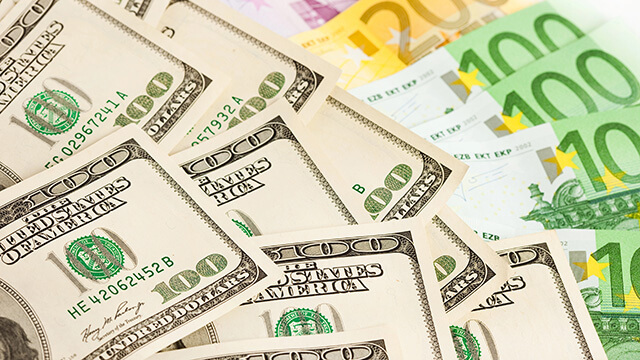
 770
770
EUR/USD Steady Below 1.1600 Amid Market Caution and Fed Outlook
The EUR/USD currency pair remains stable below the 1.1600 level during the Wednesday European session, reflecting a lack of clear directional momentum in the current market environment. Technical analysis indicates a neutral outlook, with the pair oscillating within a narrow range and showing no significant signals of an impending breakout or trend formation.
Market participants are closely watching the upcoming speeches from Federal Reserve officials scheduled for later in the day. Despite recent mixed economic data, including the latest US Services PMI, the markets have maintained a cautious stance. The PMI for services sector activity edged down to 50.1 in July from 50.8 in June, suggesting only modest growth. Additionally, the employment component weakened, with employment indexes declining slightly, while input prices increased, pointing toward some inflationary pressures. Nonetheless, these figures did not provoke a notable market reaction, and the US dollar remained largely flat against other major currencies.
Meanwhile, data from Germany revealed a contraction in factory orders of 1% for June, continuing the slowdown seen in previous months and falling short of expectations for growth. This decline highlights ongoing challenges within the Eurozone’s manufacturing sector.
Looking ahead, attention turns to the Federal Reserve’s policy stance. The markets currently price in an approximately 90% probability of a 25 basis point rate cut in September, based on futures markets. This expectation hinges on how Fed policymakers interpret recent employment figures and inflation indicators. If officials downplay weaker employment data or suggest a pause, the dollar could weaken further, permitting the EUR/USD pair to advance. Conversely, any signals of a more hawkish stance could support the dollar and push the pair lower.
In technical terms, the EUR/USD remains supported near 1.1540, with key resistance levels at 1.1620 and 1.1660. The relative strength index sits just above 50, indicating a market in equilibrium, while moving averages reinforce the sideways trend. The euro continues to be influenced by monetary policy developments from the European Central Bank and economic releases from the euro area’s largest economies, particularly Germany, France, Italy, and Spain, which together shape the economic outlook for the region.














